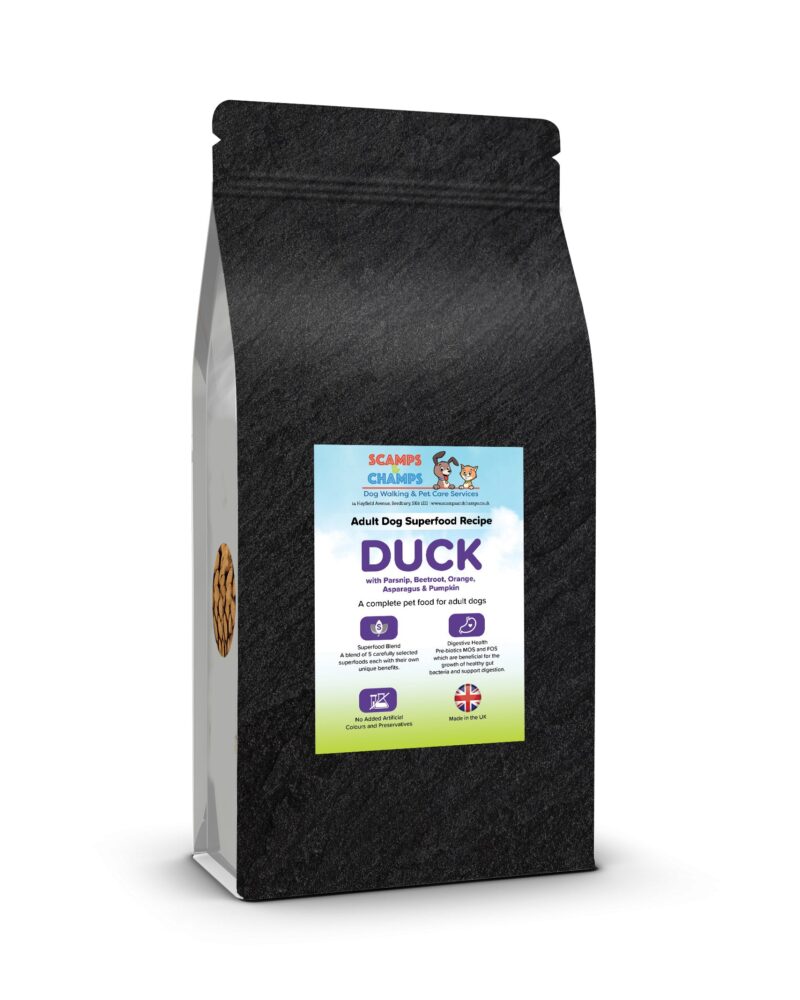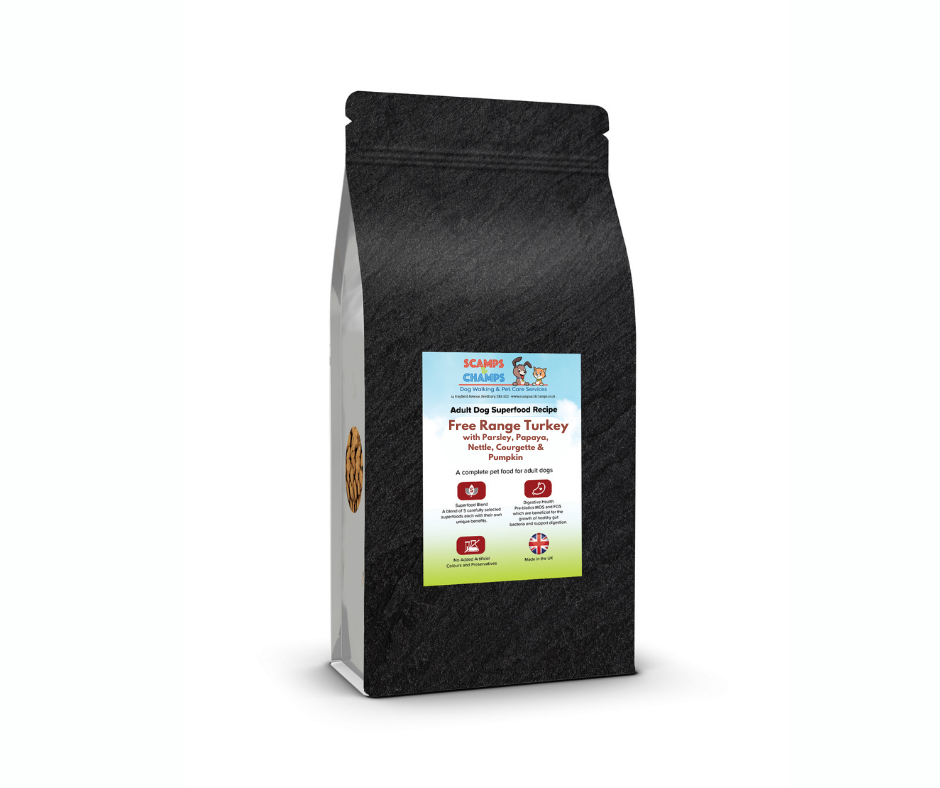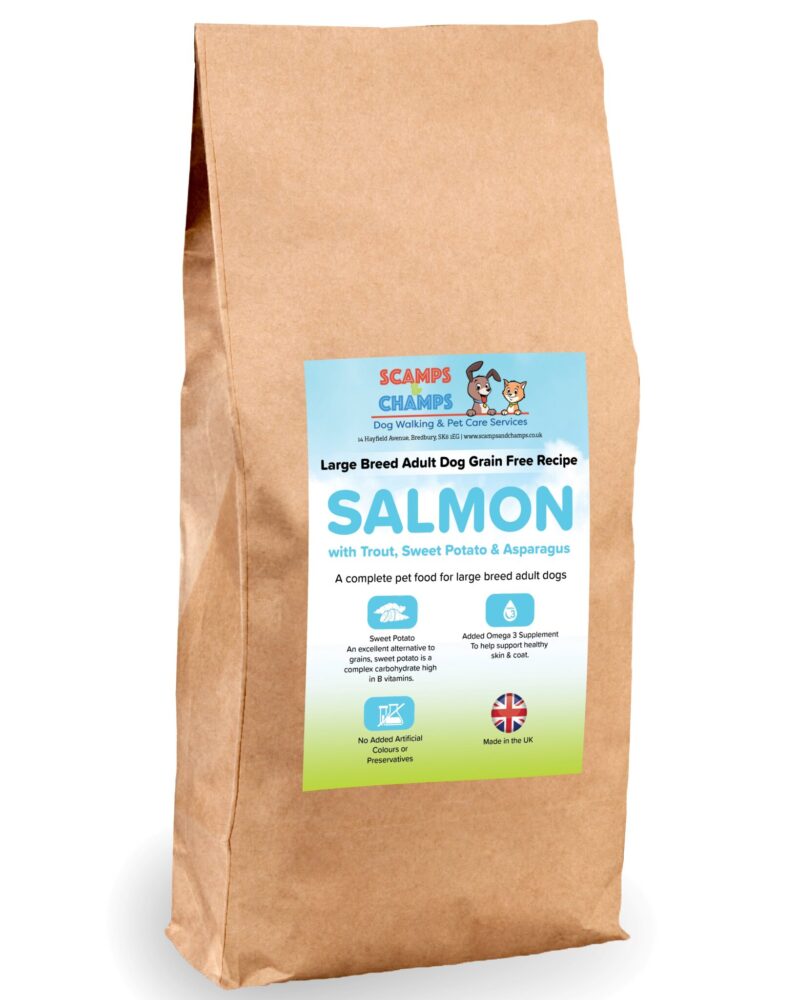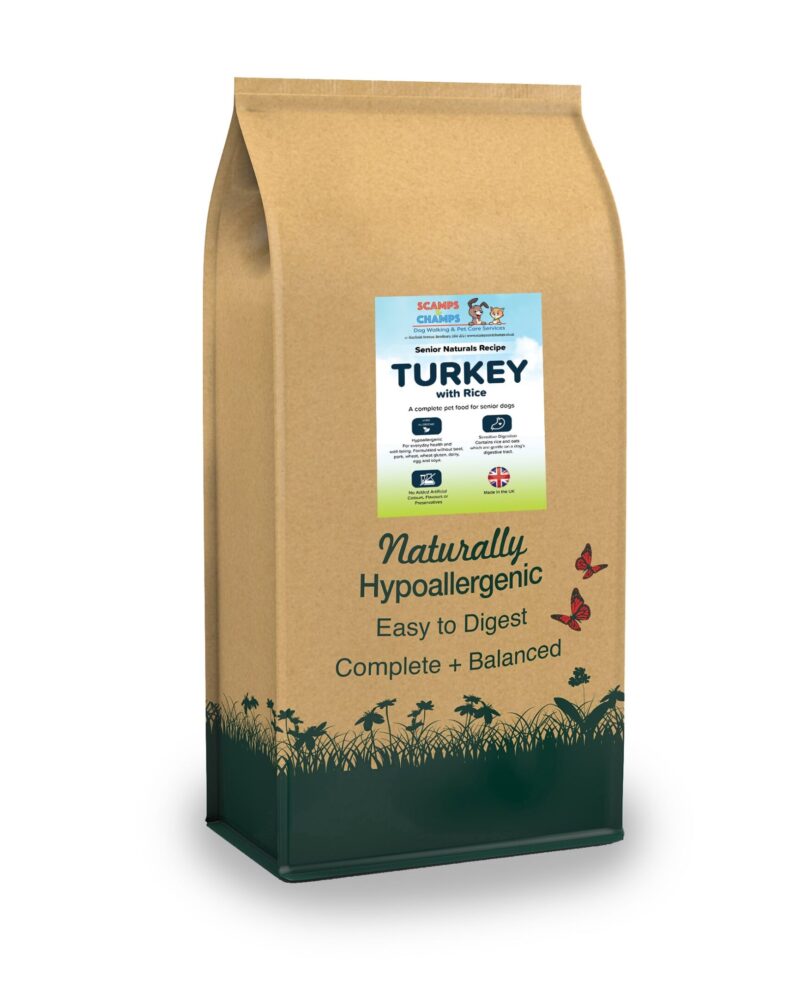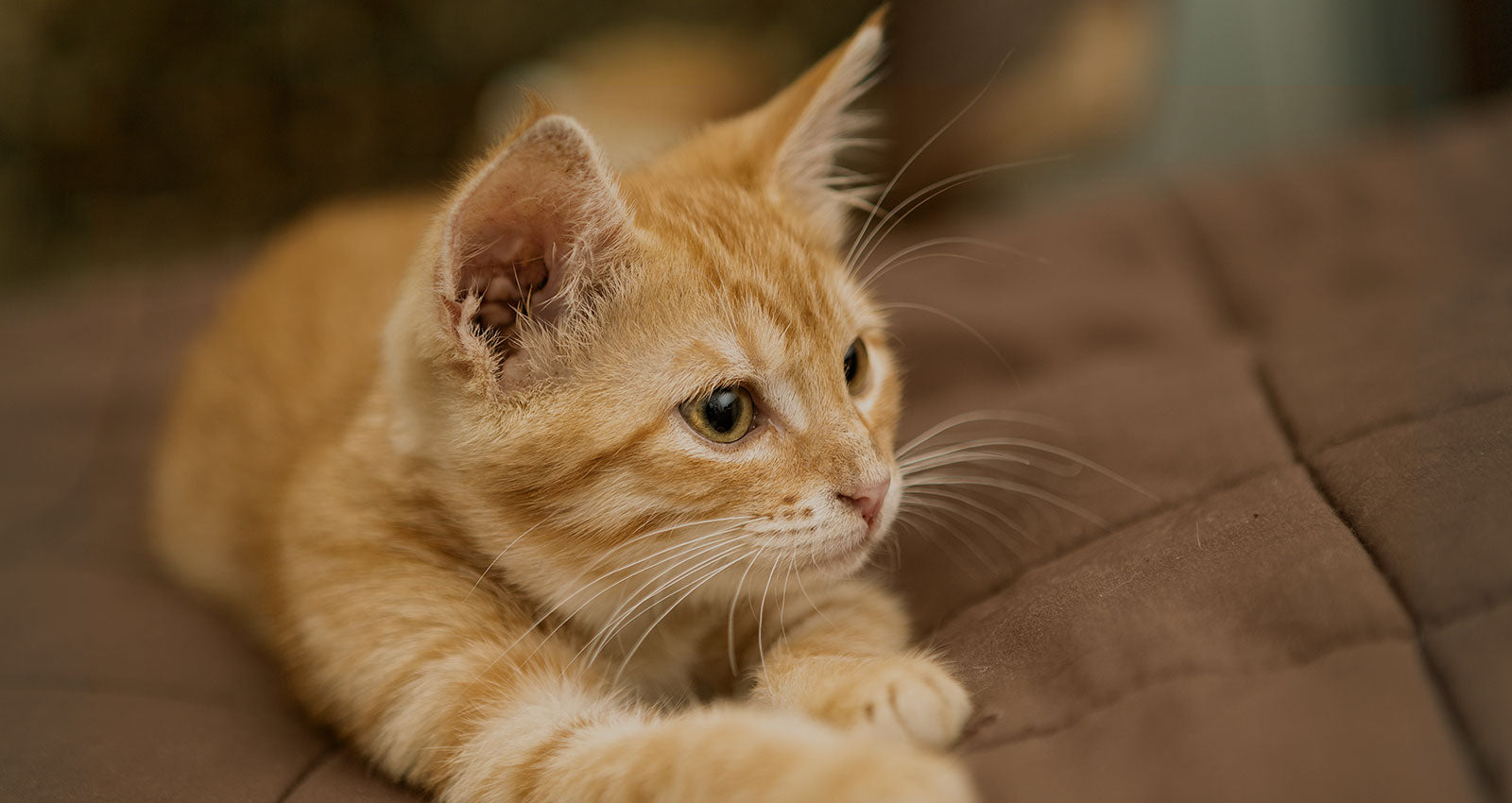If you’re a pet owner with both cats and dogs, you’ve probably noticed your furry companions eyeing each other’s food bowls. It might even seem convenient to buy one type of food for both pets. However, cats and dogs have different nutritional needs that their specific foods are designed to meet. Feeding the wrong type of food can lead to health problems over time. Let’s dive into the key differences between cat and dog food and why it’s important to stick to species-specific diets.
1. Nutritional Requirements
Cats: Obligate Carnivores
Cats are obligate carnivores, meaning their bodies are adapted to derive nutrients exclusively from animal sources. Their diet requires:
-
Taurine: An essential amino acid for cats that supports heart, vision, and reproductive health. Cats cannot produce enough taurine on their own, so it must be included in their diet.
-
Higher Protein Levels: Cats require more protein than dogs because they use protein as their primary energy source.
-
Vitamin A: Unlike dogs, cats cannot convert beta-carotene from plants into vitamin A, so it must be provided in their food.
-
Arachidonic Acid: An essential fatty acid that cats cannot synthesize.
Dogs: Omnivores
Dogs are omnivores and can thrive on a more varied diet that includes both animal and plant-based ingredients. Their food typically includes:
-
Lower Protein Content: Dogs can derive energy from carbohydrates and fats, so their protein needs are lower than cats.
-
More Fiber: Dog food often includes grains and vegetables for digestive health.
-
Vitamin Synthesis: Dogs can produce certain nutrients like taurine and vitamin A from precursors in their diet.
2. Taste and Texture
Cats are notoriously picky eaters and have a heightened sense of taste and smell. Cat food is often formulated to be more aromatic and flavorful to entice their sensitive palates. Dogs, on the other hand, are less discerning and more likely to eat whatever is available (including non-food items!).
3. Calorie Density
Cat food is generally more calorie-dense than dog food due to cats’ smaller stomachs and higher energy requirements. Feeding a dog cat food can lead to obesity, while feeding a cat dog food may result in malnutrition.
4. Health Risks of Sharing Food
Feeding your cat or dog the wrong type of food can have serious consequences:
-
Cats Eating Dog Food: Without sufficient taurine, cats can develop heart disease (dilated cardiomyopathy), vision problems, and other health issues.
-
Dogs Eating Cat Food: The higher protein and fat content in cat food can cause gastrointestinal upset, pancreatitis, or long-term weight gain in dogs.
5. Labeling and Formulation
Both cat and dog foods are formulated according to guidelines set by organizations like the Association of American Feed Control Officials (AAFCO). Always check the label to ensure the food meets the nutritional standards for your pet’s species, life stage, and health needs.
Conclusion
While it might be tempting to let your pets share meals, their distinct nutritional needs make it essential to provide species-specific food. Cats and dogs have evolved differently, and their diets reflect these differences. Ensuring that each pet gets the right food will help them live healthier, happier lives.
So, next time your dog gives you those puppy eyes while eyeing the cat’s bowl, remember: what’s good for one isn’t necessarily good for the other!
